In the heart of summer, as the sun blazes down, the importance of a reliable cooler cannot be overstated. Whether it’s for a picnic in the park, a camping trip in the wilderness, or simply a backyard barbecue, coolers play a crucial role in keeping our food and drinks chilled, preserving their freshness and preventing spoilage. However, not all adventures afford us the luxury of electricity to power a traditional cooler. This is where the ingenious methods of non-electric cooling come into play, a topic I’ve explored in depth to ensure that your next outdoor excursion remains refreshing.

Understanding the Basics of Non-Electric Cooling
Diving into the realm of non-electric cooling, I’ve come to appreciate the fundamental principles that enable us to keep our provisions chilled without the reliance on conventional power sources. It’s a fascinating journey into understanding how we can harness natural processes and smart design to achieve efficient cooling.
Insulation: The Guardian of Coolness
At the heart of non-electric cooling lies the principle of insulation. Insulation acts as a steadfast guardian, maintaining the cooler’s internal temperature by slowing down the transfer of heat between the inside of the cooler and the external environment. High-quality insulation materials such as polyurethane or polystyrene foam, often found in premium coolers, are key players in this process. These materials have excellent thermal resistance, trapping cold air inside the cooler and keeping external heat at bay. The effectiveness of insulation is not just about the material but also the thickness; a cooler with thicker walls generally offers better insulation, keeping its contents cool for extended periods.
Evaporative Cooling: Nature’s Air Conditioner
Evaporative cooling, a principle as old as the winds, taps into the natural process of water evaporation to draw heat away from the cooler’s surroundings, thereby lowering the temperature inside. This method is particularly effective in dry, arid climates where the evaporation process can occur more rapidly. By strategically placing wet cloths or pads around the cooler, and ensuring exposure to air movement, we can create a makeshift evaporative cooler. The heat required to change water from liquid to vapor is drawn from the air (and the cooler), resulting in a cooling effect. It’s a simple yet elegant solution that mirrors nature’s own way of providing respite from the heat.
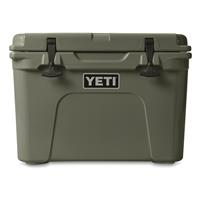
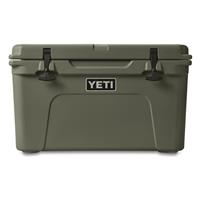
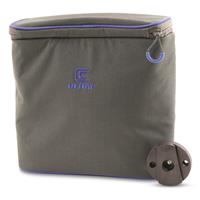
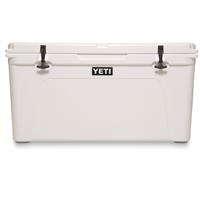
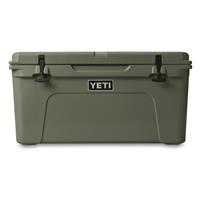
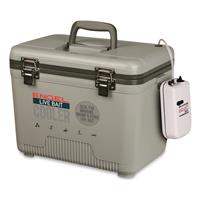
Material and Design: The Blueprint of Efficiency
The material from which a cooler is made, along with its design, plays a pivotal role in its cooling efficiency. Metals, for instance, though durable, are not ideal for cooler construction due to their high thermal conductivity. Plastics and certain composites, on the other hand, offer lower thermal conductivity, making them better suited for cooler manufacturing. The design of the cooler also matters; features such as airtight seals, reflective surfaces, and even the color can influence its ability to maintain low temperatures. A well-designed cooler not only maximizes insulation but also minimizes thermal bridges that can act as conduits for heat transfer.
In my exploration of non-electric cooling, I’ve grown to appreciate the ingenuity behind using what’s inherently available to us — be it materials, natural processes, or design principles — to achieve a desired outcome. It’s a testament to human creativity and our ability to adapt, finding solutions that are both effective and harmonious with the environment. Whether it’s a picnic in the park or a camping trip in the wilderness, understanding and applying these basic principles of non-electric cooling can greatly enhance our outdoor experiences, keeping our refreshments cool and our spirits high.
Non-Electric Cooler Options
Embarking on my adventures, I’ve learned the importance of being prepared, especially when it comes to keeping my provisions cool without the luxury of electricity. Delving into the world of non-electric cooler options has opened my eyes to a variety of ingenious solutions, each with its unique advantages, ensuring that my food and drinks remain chilled, enhancing my outdoor experiences.
Ice Packs and Frozen Gel Packs: The Backbone of Non-Electric Cooling
Ice packs and frozen gel packs have become indispensable allies in my quest for efficient cooling. These compact and reusable cooling agents are incredibly versatile, easily fitting into the nooks and crannies of my cooler, ensuring an even distribution of cold. Their ability to stay frozen for extended periods, often outperforming regular ice, makes them a reliable choice for longer trips. Some gel packs even come with specialized formulas that can freeze at lower temperatures, providing an extra cooling boost.
Insulated, Reflective Blankets or Covers: The Shield Against Heat
To bolster the cooling efficiency of my cooler, I’ve often turned to insulated, reflective blankets or covers. These accessories act as a protective shield, reflecting the sun’s rays and providing an additional layer of insulation. By draping one of these blankets over my cooler, I’ve noticed a significant reduction in heat absorption, especially when exposed to direct sunlight. This simple yet effective method can extend the cooling duration, preserving the integrity of my cooler’s contents.
Pre-Cooled Items: A Proactive Approach to Cooling
I’ve discovered that the initial temperature of the items placed in the cooler can have a profound impact on overall cooling efficiency. Pre-cooling my food and drinks before packing them has become a routine practice, one that significantly enhances the cooler’s ability to maintain low temperatures. This proactive approach reduces the initial load on ice packs or gel packs, allowing them to maintain their frozen state for longer periods, ensuring that my provisions stay cool throughout my journey.
Natural Cooling Sources: Harnessing the Gifts of Nature
In my travels, I’ve often marveled at the simplicity and effectiveness of using natural cooling sources. Placing my cooler in a cool stream or finding a shaded spot under a canopy of trees can provide a significant cooling effect, leveraging the natural coolness of the earth and water. For more extended stays, I’ve even experimented with burying my cooler partially underground, taking advantage of the lower temperatures below the surface to keep my cooler chilled.
Exploring these non-electric cooler options has not only enhanced my outdoor adventures but also instilled in me a deeper appreciation for resourcefulness and sustainability. From the reliable chill of ice packs to the natural cooling properties of the earth and water, these solutions embody the spirit of adventure, ensuring that no matter where I roam, I can enjoy the simple pleasure of a cool refreshment, a reminder of the joys of exploration and the beauty of the world around us.

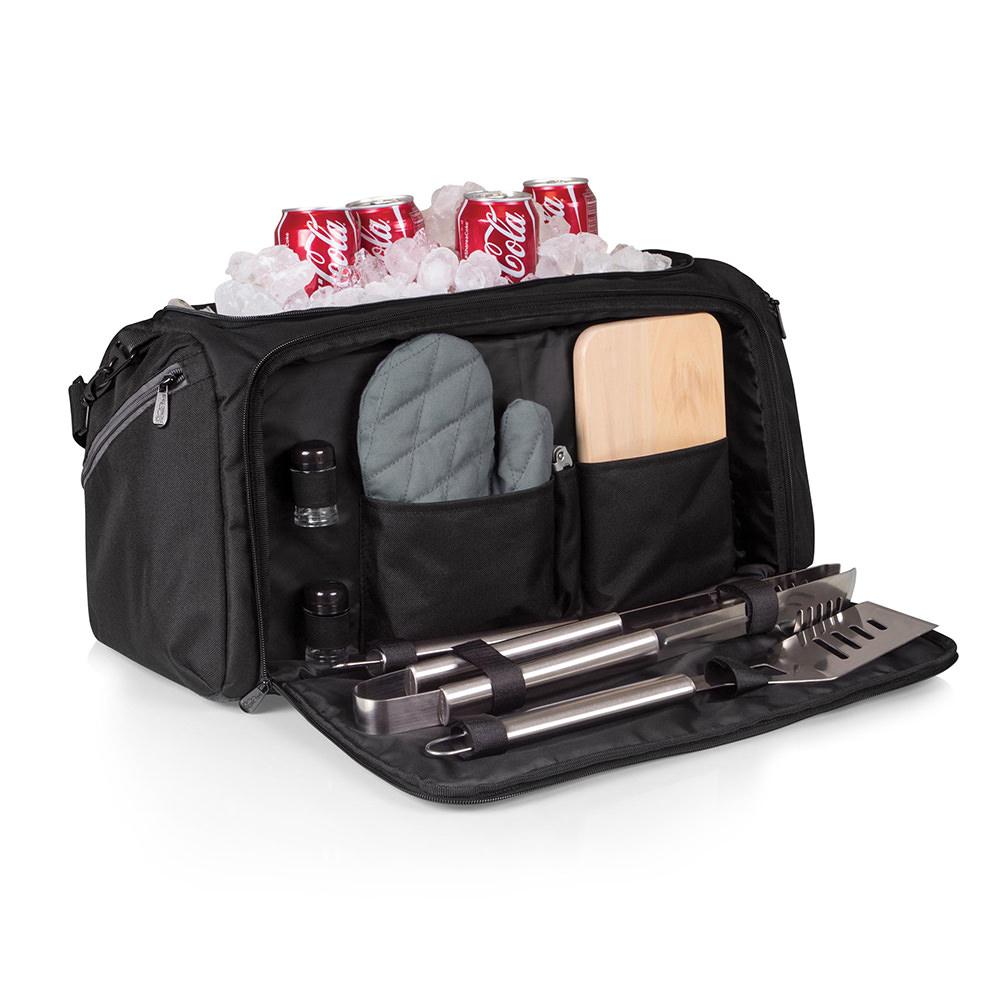
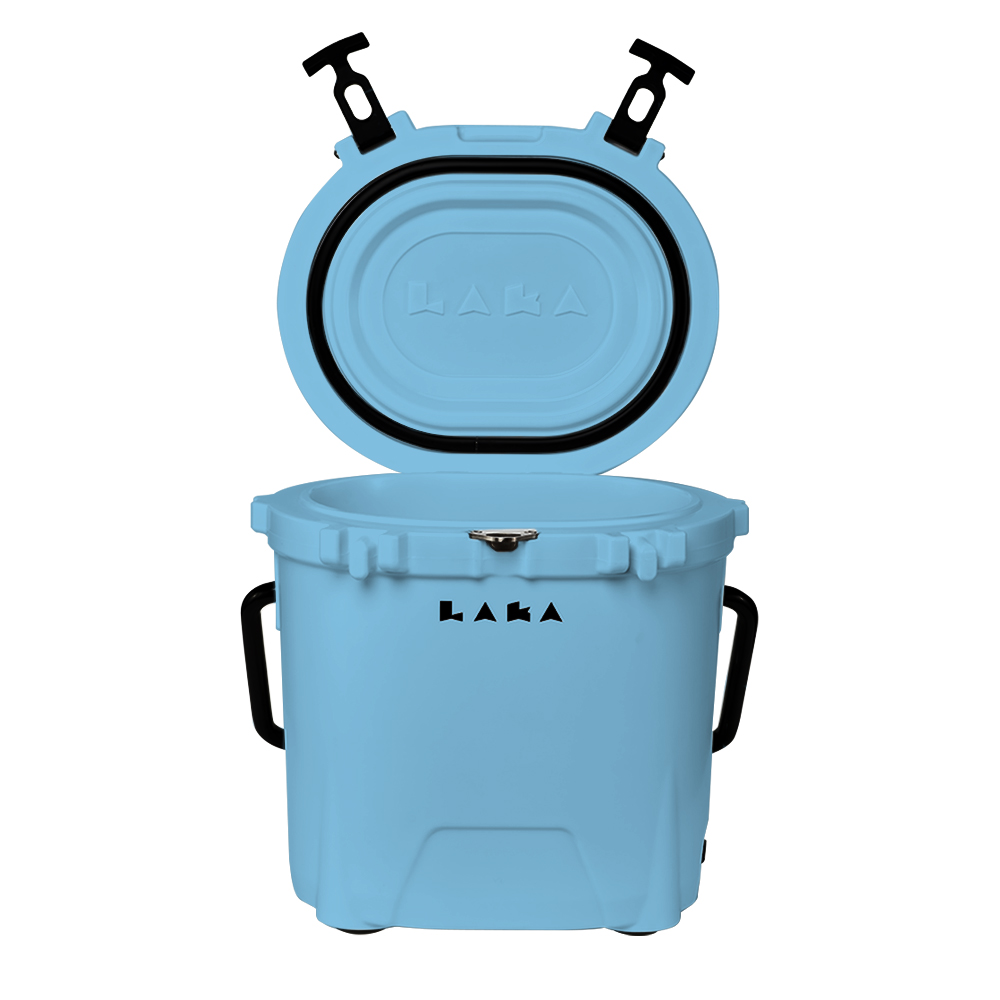
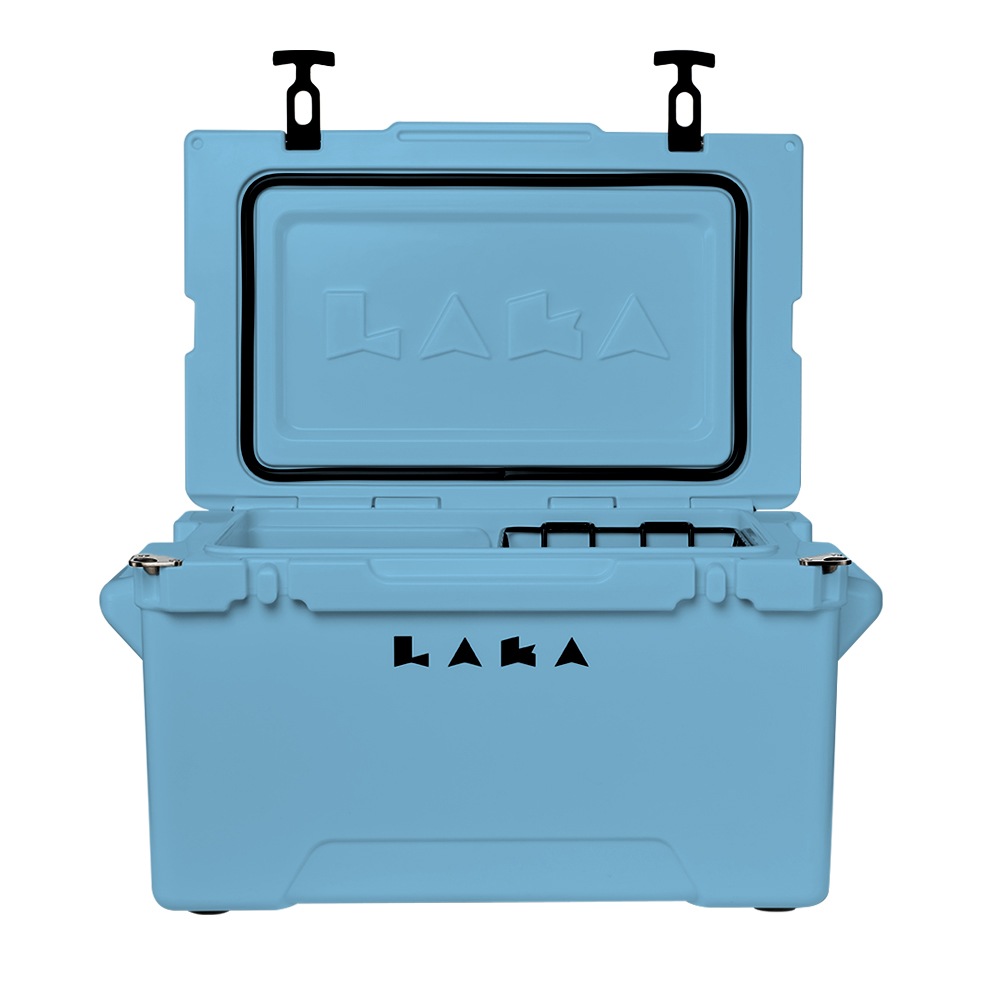
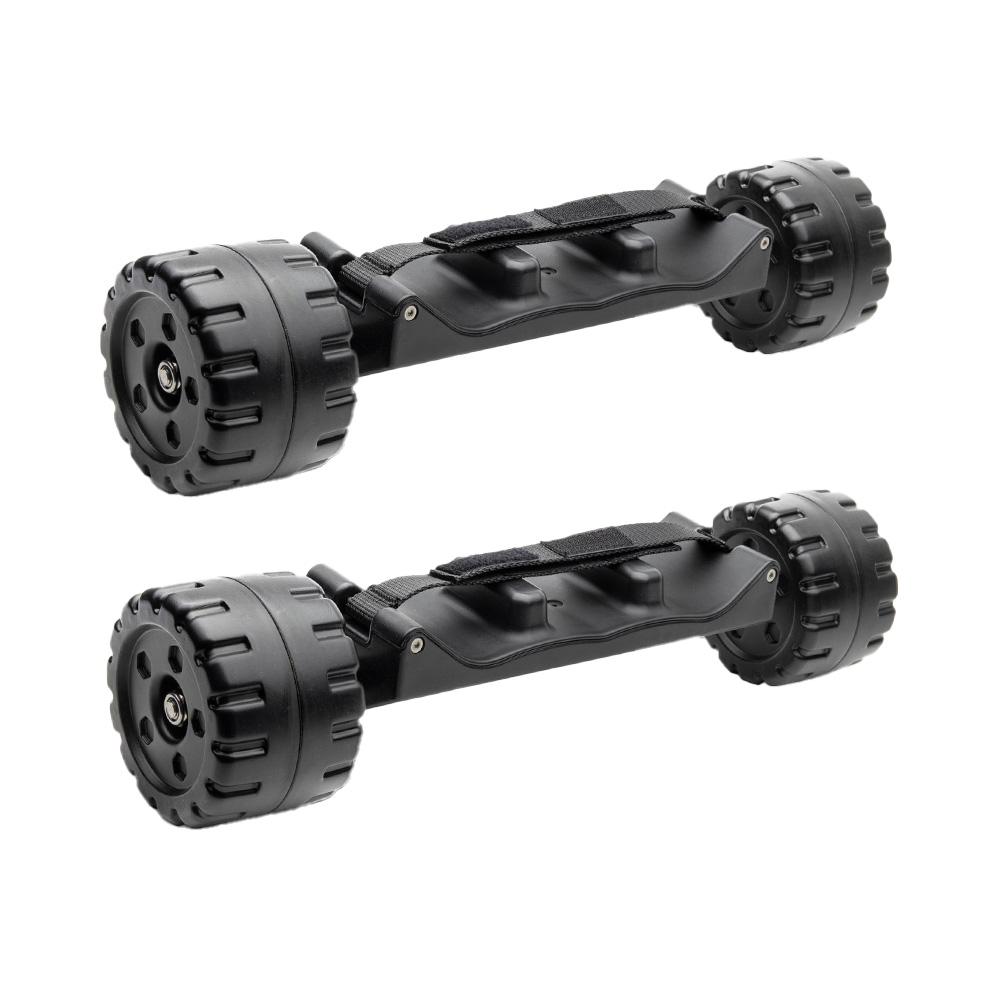


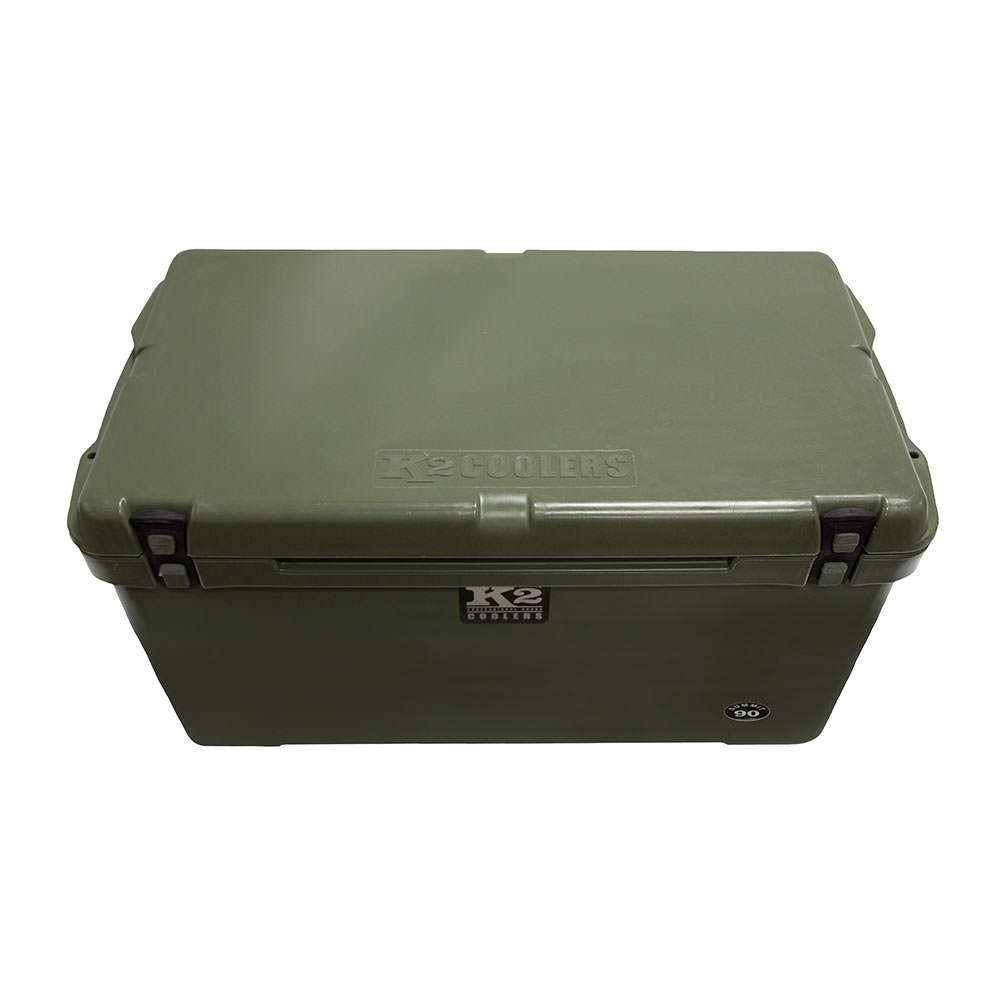
Innovative Methods and Technologies
In my quest to keep provisions cool in the great outdoors without relying on the grid, I’ve delved into the world of innovative technologies. These advancements have not only piqued my curiosity but have also offered sustainable and efficient solutions to the age-old challenge of non-electric cooling.
Solar-Powered Cooling Systems: Harnessing the Sun’s Bounty
One of the most intriguing innovations I’ve encountered is solar-powered cooling systems. It’s a brilliant paradox – using the sun, often the very source of our cooling woes, to power a cooling device. These systems typically involve solar panels that collect energy, which is then used to drive a cooling mechanism, often a small refrigerator or cooler unit. What’s fascinating is their versatility; they can be standalone units for individual use or larger setups for community spaces, making them a perfect companion for remote camping trips or off-grid living. The sustainable aspect of solar-powered cooling, tapping into an inexhaustible energy source, aligns with my ethos of mindful travel and environmental stewardship.
Phase Change Materials (PCMs): The Alchemy of Cooling
Another groundbreaking technology that has captured my attention is Phase Change Materials (PCMs). These substances possess the remarkable ability to absorb and release heat as they transition between solid and liquid states. Incorporating PCMs into cooler designs can significantly enhance their cooling longevity, maintaining a consistent temperature for extended periods. This technology mimics the natural thermal regulation processes, offering a passive cooling solution that’s both effective and environmentally friendly. The application of PCMs in coolers represents a fusion of chemistry and innovation, providing a glimpse into the future of non-electric cooling.
Zeolite-Water Adsorption Cooling Systems: The Magic of Minerals
The Zeolite-water adsorption cooling system is yet another testament to human ingenuity in the face of cooling challenges. Zeolites, a group of minerals known for their high porosity and adsorption capabilities, are used to create a cooling effect through the adsorption and desorption of water. This process, which requires only heat to initiate, can be fueled by solar energy, making it an eco-friendly alternative to traditional cooling methods. The potential of Zeolite-water systems in portable coolers is immense, offering a sustainable way to keep items cool without electricity, chemicals, or moving parts.
Exploring these innovative technologies has been a journey of discovery, revealing the vast potential of human creativity to solve practical problems. Each technology, from solar-powered cooling systems to the application of PCMs and Zeolite-water adsorption, offers a unique approach to cooling that’s not only effective but also aligned with sustainable and eco-friendly practices. As I venture into the wilderness, these innovations inspire me to think differently about how we can harness natural processes and cutting-edge science to enhance our outdoor experiences, making each adventure more enjoyable and in harmony with the natural world.
DIY Solutions for Non-Electric Cooling
In my adventures off the beaten path, where the conveniences of modern life are but a distant memory, I’ve often turned to do-it-yourself solutions to overcome the challenge of keeping provisions cool. This journey into DIY methods for non-electric cooling has not only been a testament to human ingenuity but also a deeply satisfying exploration of self-reliance and resourcefulness.
Homemade Ice Packs with Saltwater
One of my first forays into DIY cooling solutions was the creation of homemade ice packs using saltwater. By adding salt to water, the freezing point is lowered, resulting in ice packs that stay colder for a longer duration compared to plain ice. This simple alchemy requires nothing more than water, salt, and a durable, leak-proof bag. These saltwater ice packs have become a staple in my cooler, offering a reliable and cost-effective way to extend the cooling life of my provisions.
DIY Evaporative Coolers
Inspired by the age-old principle of evaporative cooling, I ventured into crafting a DIY evaporative cooler. Utilizing materials such as a porous cloth, a container to hold water, and a way to ensure airflow (such as positioning the setup in a breezy area or using a battery-operated fan), I created a system that harnesses the cooling effect of water evaporation. This method proved particularly effective in dry, arid environments, where the evaporation rate is high, offering a refreshing respite from the heat.
Utilizing Natural Shade and Underground Cooling
The natural environment offers its cooling solutions, which I’ve learned to harness in my quest for non-electric refrigeration. Seeking out natural shade under a canopy of dense foliage or positioning the cooler in the shadow of a large rock can significantly reduce heat exposure. Moreover, the earth itself maintains a lower, more constant temperature below the surface. By partially burying the cooler in a shallow pit, or finding a naturally cool cave or alcove, I’ve been able to tap into this underground cooling effect, a method as old as time, yet remarkably efficient.
These DIY methods have not only enhanced my outdoor experiences but also instilled a greater sense of connection to the environment and the ingenuity of those who tread these paths before me. Whether it’s concocting saltwater ice packs, rigging up a makeshift evaporative cooler, or using the earth’s natural coolness, each solution speaks to a deeper understanding of our surroundings and the resourcefulness within us all. In embracing these DIY cooling methods, I’ve found not just practical solutions but also a deeper appreciation for the simple joys of outdoor living.








Maximizing Efficiency of Non-Electric Coolers
In my journeys through both the bustling markets of distant lands and the serene stillness of the great outdoors, I’ve come to realize that the art of maximizing the efficiency of a non-electric cooler is akin to mastering a craft. It’s about weaving together knowledge, technique, and a touch of creativity to ensure that the provisions I carry remain refreshingly cool, enhancing the overall experience of my adventures.
Proper Packing Techniques for Coolers
The first lesson I learned in this craft was the importance of proper packing. A cooler, much like a puzzle, requires a thoughtful approach to how its contents are arranged. I discovered that pre-chilling the cooler and its items was paramount, as it creates a cold base that extends the longevity of the cooling agents. Layering became my next strategy, with frozen items at the bottom, followed by a layer of ice packs, and the most perishable items nestled in the middle, ensuring they remained in the coldest part. This method not only optimizes the cooler’s internal temperature but also minimizes the risk of food spoilage.
Minimizing Cooler Opening Frequency
Each time the cooler’s lid is opened, a precious burst of cold air escapes, replaced by the warm air from the surrounding environment. To mitigate this, I adopted a practice of minimizing the frequency and duration of openings. Planning ahead and knowing exactly what I needed before reaching into the cooler became a habit, one that significantly contributed to maintaining a consistent internal temperature. For longer trips, I even went as far as using two coolers—one for frequently used items like beverages and another for perishables—to further reduce the need to open the main cooler.
Strategic Placement of Cooler to Avoid Heat Sources
The placement of the cooler, I found, could greatly influence its efficiency. Avoiding direct sunlight was obvious, but I also learned to be mindful of other heat sources, such as the warm air exhaust from a car or the heat radiating from campfire embers. Seeking out natural cool spots, whether it be the shaded understory of a dense forest or a cool, grassy knoll, became second nature. Additionally, elevating the cooler from the hot ground surface, using a stand or even a simple makeshift platform, helped in reducing heat absorption from below.
In mastering these techniques to maximize the efficiency of a non-electric cooler, I’ve not only ensured the longevity of my provisions but also embraced a more sustainable and mindful approach to outdoor living. It’s a dance with nature, where understanding and respecting the elements can turn a simple cooler into a reliable companion on the many roads less traveled. This journey of discovery, of learning to harness the natural world’s subtleties to enhance our human experiences, continues to be one of the most rewarding aspects of my adventures.
Advantages of Non-Electric Cooling Methods
As I’ve wandered through verdant valleys and over sun-dappled hills, relying on non-electric coolers to keep my provisions fresh, I’ve come to appreciate the manifold advantages these methods offer. Each technique, from the clever use of saltwater ice packs to the strategic placement of the cooler in nature’s own cool spots, speaks volumes about the harmony between human ingenuity and the natural world.






Environmental Benefits: A Step Towards Sustainability
One of the most profound advantages I’ve encountered in my use of non-electric cooling methods is the positive impact on the environment. By eschewing the need for electric power, we reduce our carbon footprint, a small but significant step towards preserving the pristine beauty of the landscapes we so love to explore. This eco-friendly approach aligns with a broader commitment to sustainability, ensuring that our adventures tread lightly on the earth, preserving its wonders for generations to come.
Cost-Effectiveness and Energy Savings
The financial aspect cannot be overlooked either. Non-electric cooling methods, from simple ice packs to more innovative solutions like phase change materials, offer a cost-effective alternative to traditional refrigeration. The savings extend beyond the initial investment; by eliminating the need for electricity, we also reduce ongoing energy costs. This economic efficiency makes non-electric cooling particularly appealing for extended outdoor activities, where the beauty of nature is matched only by the need for practicality and frugality.
Portability and Convenience for Outdoor Activities
In the heart of the wilderness, far from the trappings of modernity, the portability of non-electric coolers is a boon. Whether it’s a lightweight cooler bag equipped with homemade ice packs for a day hike or a more robust setup for a week-long camping trip, the ease of transport allows us to venture further, unencumbered by the need for electrical sources. This portability opens up new horizons for exploration, enabling us to immerse ourselves fully in the outdoor experience, from the first light of dawn to the soft glow of the campfire at night.
In embracing non-electric cooling methods, I’ve not only discovered practical solutions to a common challenge but also found a deeper appreciation for the rhythms of nature and the importance of sustainable living. These advantages, from the environmental benefits to the sheer convenience for outdoor activities, underscore the value of these methods, making every adventure more enjoyable and in harmony with the world around us.
Run A Cooler Without Electricity
In conclusion, the art of running a cooler without electricity is not just about keeping our drinks cold; it’s a blend of science, innovation, and a touch of creativity. From leveraging advanced materials and technologies to adopting simple, time-tested methods, the possibilities are as vast as the great outdoors. So as you pack for your next adventure, remember that with the right knowledge and a bit of ingenuity, you can enjoy the refreshing benefits of a cooler, no electricity required.
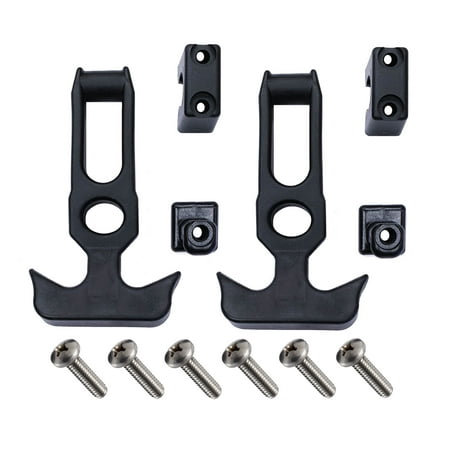
![[Cooler] - Yeti (Hopper Backflip 24)](https://kitlender-media.s3.amazonaws.com/images/products/2020/04/Yeti_BackFlip24_cooler.jpg)
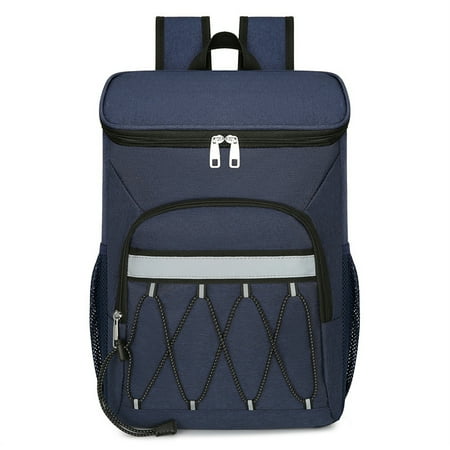
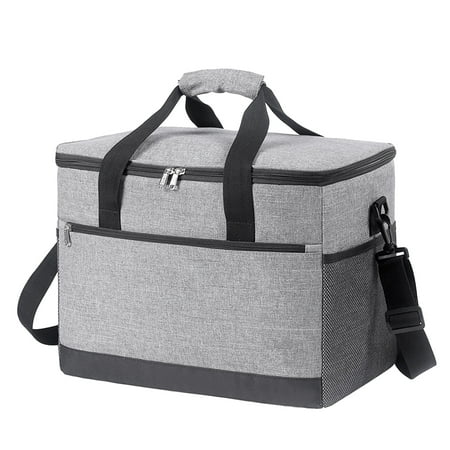
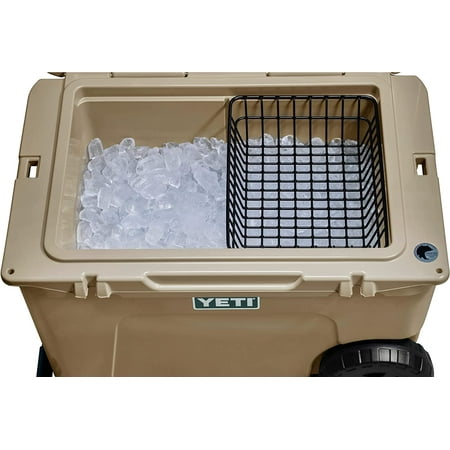
))/3510346.json)
))/3577616.json)
))/2856505.json)
))/3577616.json)
))/204160002.json)
))/2640948.json)
))/3745326.json)
))/2640947.json)
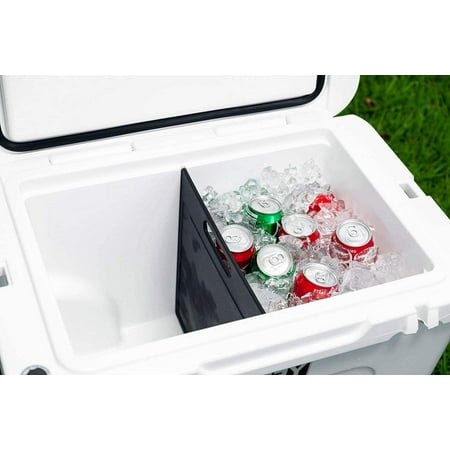
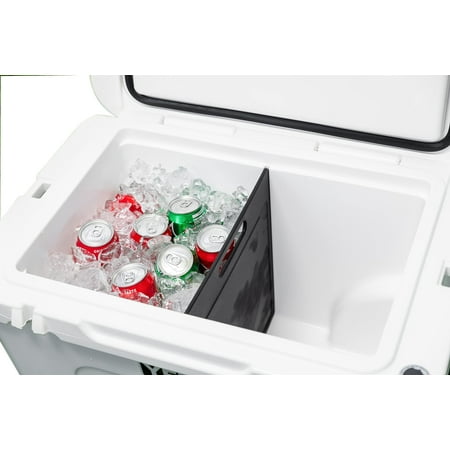
))/3510346.json)
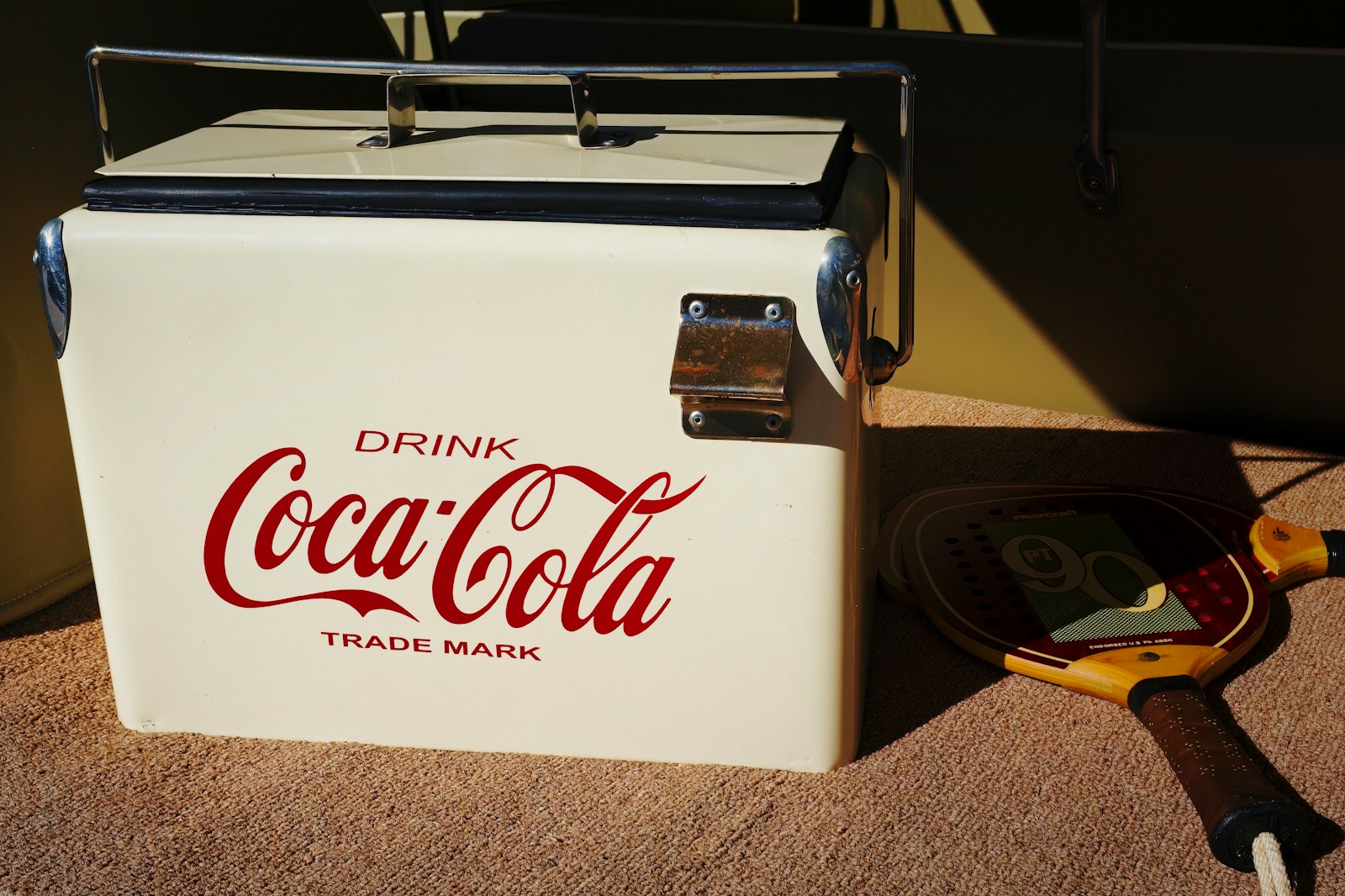
Leave a Reply